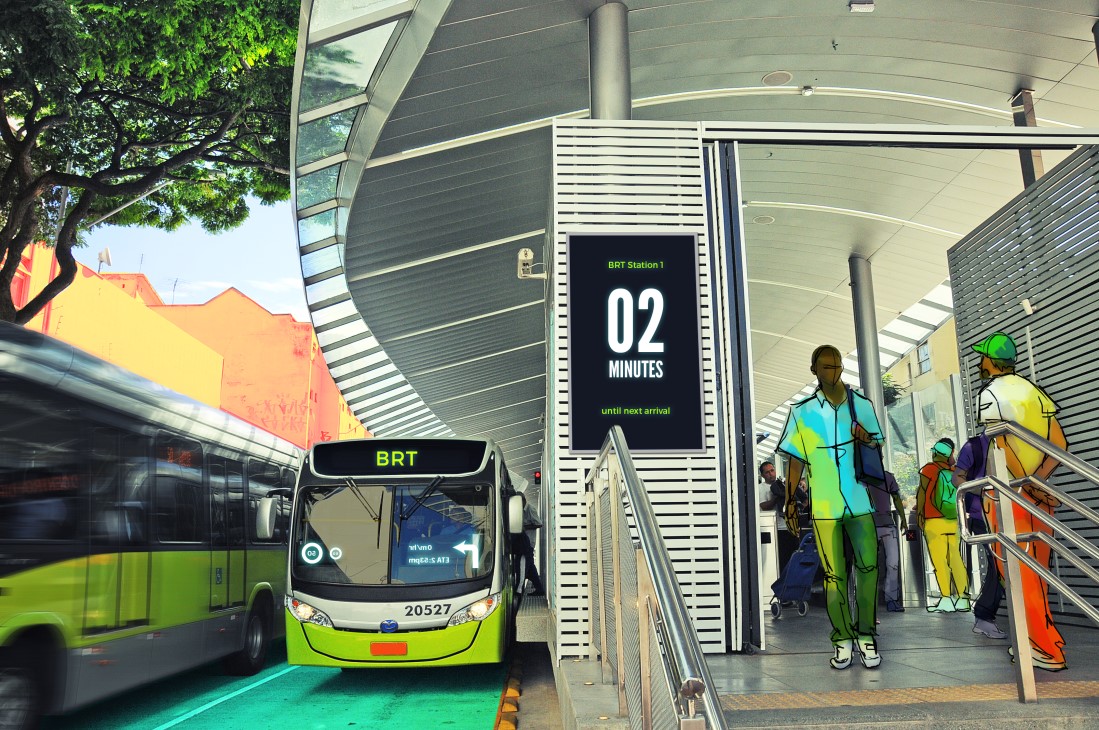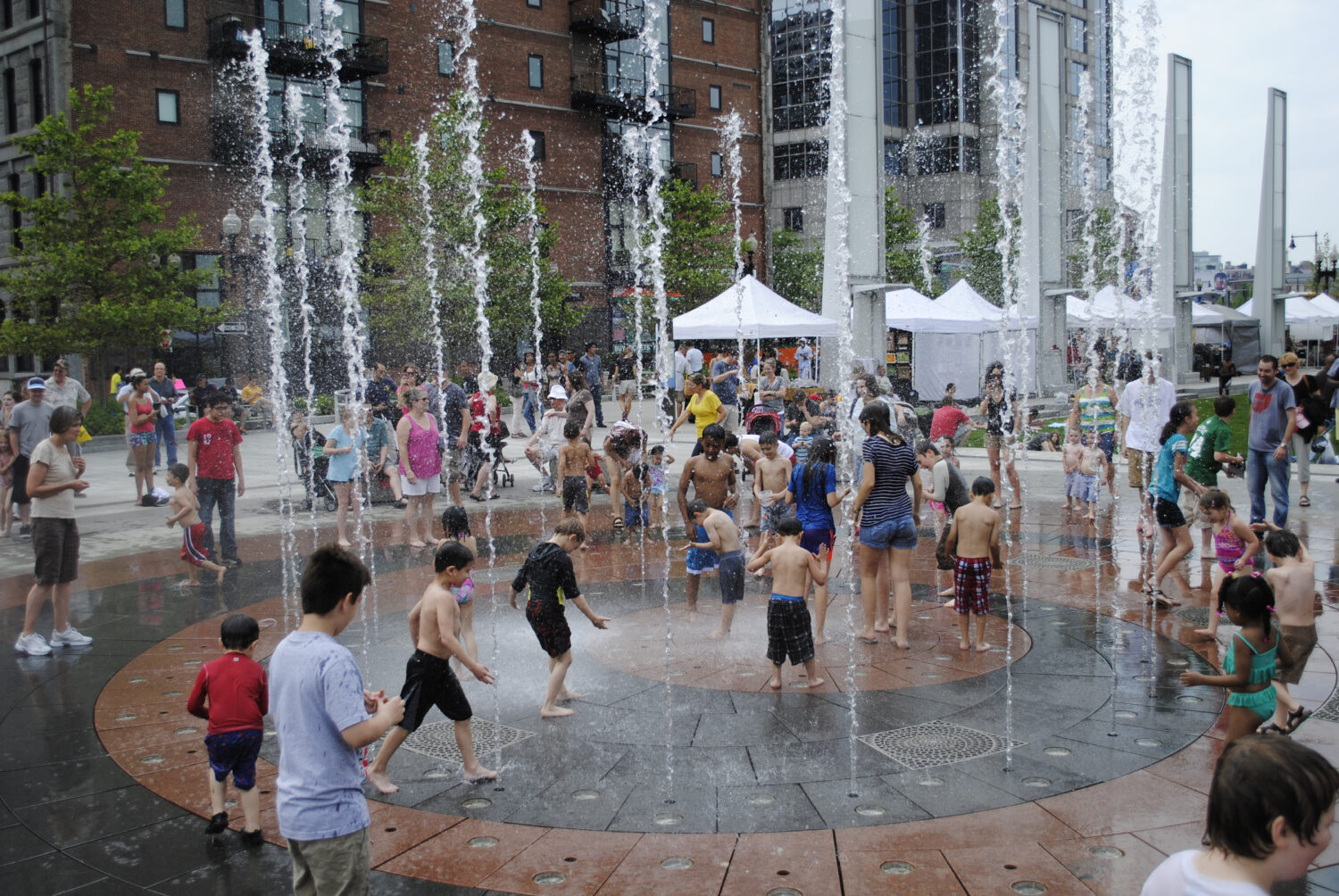When Massachusetts Governor Charlie Baker appointed a special commission to diagnose the MBTA’s ailments earlier this year, he shared a sentiment that surely had many of us nodding our heads.
“We cannot continue to do the same thing and expect a different result,” Governor Baker said.
If there’s one thing Massachusetts learned from the record storms we endured this winter, it’s that there are fundamental weaknesses in our transportation system. Simply placing band-aids on its wounds will not be enough. And even if we catch up on the immense backlog of maintenance, upgrades, and repairs we’ve been putting off for too long, the best we can hope for is a system that runs as well as it did in the 1960s and ’70s. And, as Harry Mattison rightly noted in a March op-ed in the Boston Globe, the “economy, environment, and quality of life for everyone in Greater Boston” depend not on band-aids, but on our reaching for “transit excellence.”
We believe one of the keys to that transit excellence will be Bus Rapid Transit (or “BRT”), a novel mode of transportation widely implemented abroad and steadily gaining momentum in the United States. In several world-class cities, BRT has combined exclusive, physically separated lanes, enclosed stations, pre-paid fare collection, and smart use of real-time data to rival the speed, capacity, and comfort of the best rail lines.
High-capacity BRT vehicles cut through traffic using exclusive lanes, but don’t suffer the disadvantage of being locked into rail lines. They can travel freely on streets, and multiple transit routes and vehicles (including emergency vehicles) can take advantage of dedicated BRT lanes. Disabled vehicles can be removed with little delay. For all of us who witnessed the T literally ground to a halt by severe weather this winter, what is also of note about BRT is its greater flexibility and resilience in the face of extreme New England weather or other shocks to the transit system. Boston’s “snowpocolypse” demonstrated that when the T’s capacity is weakened, our surface roads lock down with overflowing traffic they can’t handle. BRT can move more of those people, faster and more efficiently.
Perhaps most importantly, BRT is significantly faster and less expensive to implement, operate, maintain, and upgrade than rail projects. A common timeframe for BRT is three to four years, as seen in Los Angeles and Pittsburgh. By comparison, the 4.3-mile Green Line extension has been on the drawing board since 1990. It finally broke ground in 2012 and is not expected to be completed until 2020, at a cost of $1.4 billion. Cleveland’s HealthLine BRT, widely seen as the best in the United States, has done wonders for a corridor between two downtown hubs, with a price tag of $50 million for vehicles, stations, and platforms. For perspective, last year the T approved spending of $566 million for new Orange and Red Line cars.
For the past two years, as an extension of Barr’s commitments to help the region address climate change, we convened a group of stakeholders to study whether and how BRT could work here and what benefits it might bring. The Greater Boston Bus Rapid Transit Study Group consisted of sixteen members with deep roots across Greater Boston and expertise in transportation, development, and climate. Together, along with the nonprofit Institute for Transportation & Development Policy (ITDP), the group analyzed a number of potential corridors in which BRT could reduce congestion, better serve communities, provide more direct connections between neighborhoods, and bolster planned future development.
Earlier today, the Study Group released its findings in a report titled Better Rapid Transit for Greater Boston: The Potential for Gold Standard Bus Rapid Transit Across the Metropolitan Area. The report—available on BostonBRT.org—offers the first city-wide technical analysis of BRT in the nation and recommends five corridors that look particularly promising.
We certainly can’t continue to do the same old things. And we shouldn’t, especially when there is an opportunity to do so much more, better, and smarter. It is crucial that we take this moment, not just to patch problems in an outdated rail system, but to reimagine and modernize transit to meet the region’s needs. As Boston undertakes a city-wide visioning process on the future of transportation in the region—Go Boston 2030—BRT should absolutely be part of the conversation.



